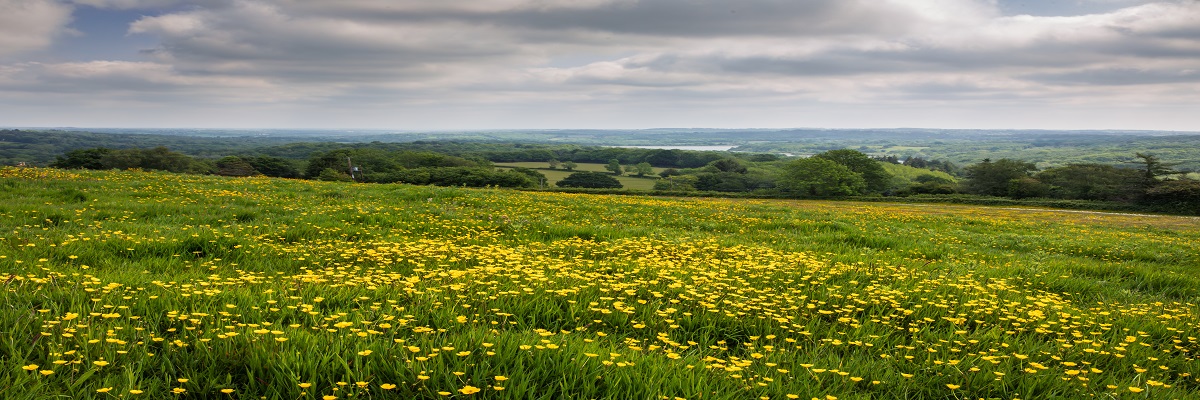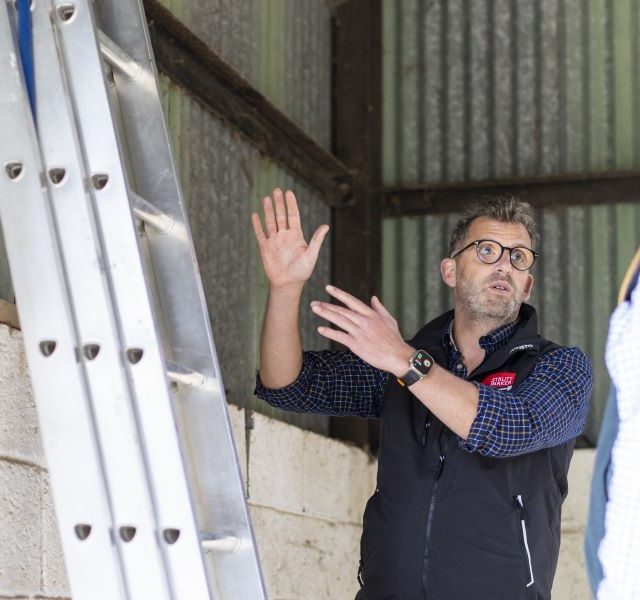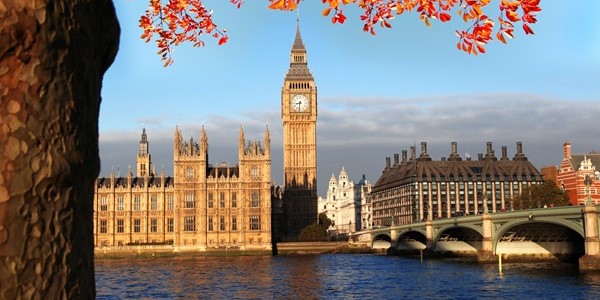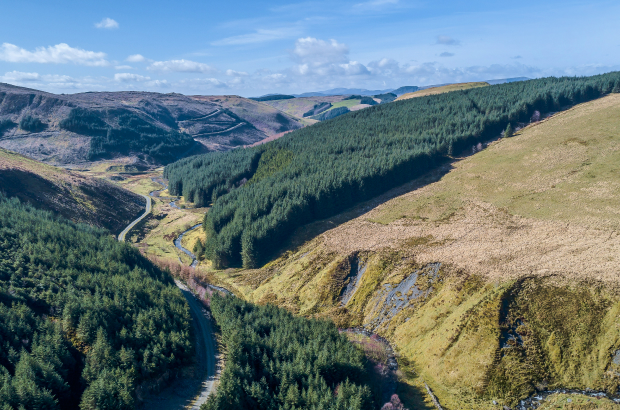New report highlights value of off-site Biodiversity Net Gain
Biodiversity Net Gain (BNG) is a landmark market-led policy that’s helping to restore nature while unlocking sustainable development. But as the Government considers changes to the policy, new research has identified opportunities for how it could be strengthened to deliver even greater benefits for nature, developers and communities.
The report, The Comparative Value of On-site vs Off-site Biodiversity Net Gain for Restoring Nature[1], finds that the current emphasis on delivering BNG within development boundaries is severely limiting its potential. While BNG was introduced under the Environment Act 2021 to ensure development leaves biodiversity in a better state, the vast majority of delivery is currently happening within development boundaries – despite mounting evidence that this approach is ecologically and economically suboptimal.
The report identifies that a strategic shift toward off-site BNG would unlock greater biodiversity gains, reduce costs for developers, and support the UK’s ambitions to lead in nature markets and green finance.
The research, led by David Hill, former Deputy Chair of Natural England and Founder of Environment Bank, includes contributions from Jason Beedell, Rural Research Director for Strutt & Parker, as well as from Nina Pindham (Cornerstone Barristers), Neil Beamsley (Bellway Homes) and Robert Hindle (Rural Solutions).
Key findings
- Ecological performance: On-site BNG is typically delivered in small, fragmented and disturbed areas, offering very limited biodiversity uplift. Off-site BNG, by contrast, is delivered on larger, better-connected sites with professional management and long-term funding, enabling more meaningful and measurable ecological outcomes.
- Cost efficiency: On-site BNG units can cost considerably more when land value and lost development potential are properly included. Off-site units cost approximately £27,000 each[2]. Cost modelling shows that when most BNG is delivered on-site, which is the current situation with 90% on-site, the costs are about four times the cost of delivering all of the BNG requirement off-site.
- Developer impact: On-site BNG could add a cost of £12,000-£15,000 per house (which is approximately 4% of the sale price of a typical new build house, or £400-£500/year for a 30-year term), compared with £3,000 (about 1% of a typical new build house sale price, or £100/year) when all the BNG requirement is delivered off-site. Developers are often pressured to deliver BNG on-site because of the policy preference implemented by planning authorities, even when it reduces housing supply and increases risk.
- Governance and enforcement: On-site BNG can be difficult to monitor or enforce because of resourcing issues, with long-term liabilities often passed to residents’ associations or management companies. Off-site BNG is also secured through legal agreements but can be subject to more formal oversight, offering greater certainty for Local Planning Authorities (LPAs) and developers.
- Market potential: Despite Government expectations that over 50% of BNG would be delivered off-site,10% or less of BNG is currently being delivered off-site. Increasing this will enhance the UK’s leadership in nature finance and its target to restore 500,000 hectares of nature by 2030[3].
David Hill, leader author of the report says: “The vast majority of developments are too small to deliver any meaningful biodiversity value through BNG and such areas have a short shelf life because the 30-year management liabilities are handed over to ill-equipped management companies. And yet developers are trying to do so because of a policy preference for on-site BNG that we show is flawed. Removing this preference (as is proposed in the helpful Government consultation on BNG and nationally significant infrastructure) will make it easier for developers to deliver their legal compliance by purchasing off-site BNG units which are far better for biodiversity (because much bigger habitat areas can be created off-site) and cheaper for the developer. Housing residents would still benefit from managed landscaping and planting but without conflating this with biodiversity uplift.”
Jason Beedell, Strutt & Parker Rural Research Director, adds: “BNG has the potential to be a world-leading market-led, nature creation policy, particularly if the change highlighted by this research – removing the policy preference for on-site BNG – is made to it. The change is a win-win-win. It benefits home buyers, by reducing the cost of BNG by four-fold as a proportion of the cost of buying a house. It benefits developers, by reducing the cost to them of complying with the policy by 30-fold and increases the number of houses delivered on valuable development sites. And it will benefit nature, by there being more wildlife sanctuaries created and managed just for nature.”
Caroline McDade, National Head of Planning for Strutt & Parker comments: “Having more flexibility about where to focus BNG would be of interest to developers. The research shows there is a clear upside in increasing the quality and quantum of off-site delivery to create a critical mass of meaningful nature enhancements which would be welcomed by developers. In doing so, it could also free up land for housing to help the Government deliver its targets.”
The full report is expected to inform ongoing policy discussions, including the Government’s review of BNG implementation and the future of nature markets in the UK.
[1] HM Government (2023). Environmental Improvement Plan 2023: First revision of the 25 Year Environment Plan. Defra.
[2] Hill, D., Pindham, N., Beedell, J., Beasley, N. & Hindle, R. (2025). The comparative value of on-site vs off-site Biodiversity Net Gain for restoring nature. Environment Bank. June 2025.
[3] The cost of delivering one BNG unit on-site, considering all costs (including the development land price paid for the land, the reduction in the number of housing units that can be built, and the profit foregone from them) is £896,000. Even if the cost of the land on which the on-site BNG is placed is ignored (ie. netted off at zero) and the profit foregone from the houses that would have occupied the BNG area reduced to 5% (from the typical rate of 20% used in the model), the on-site BNG unit costs would still be £112,000 each (compared to the c £27,000 per unit off-site cost).






